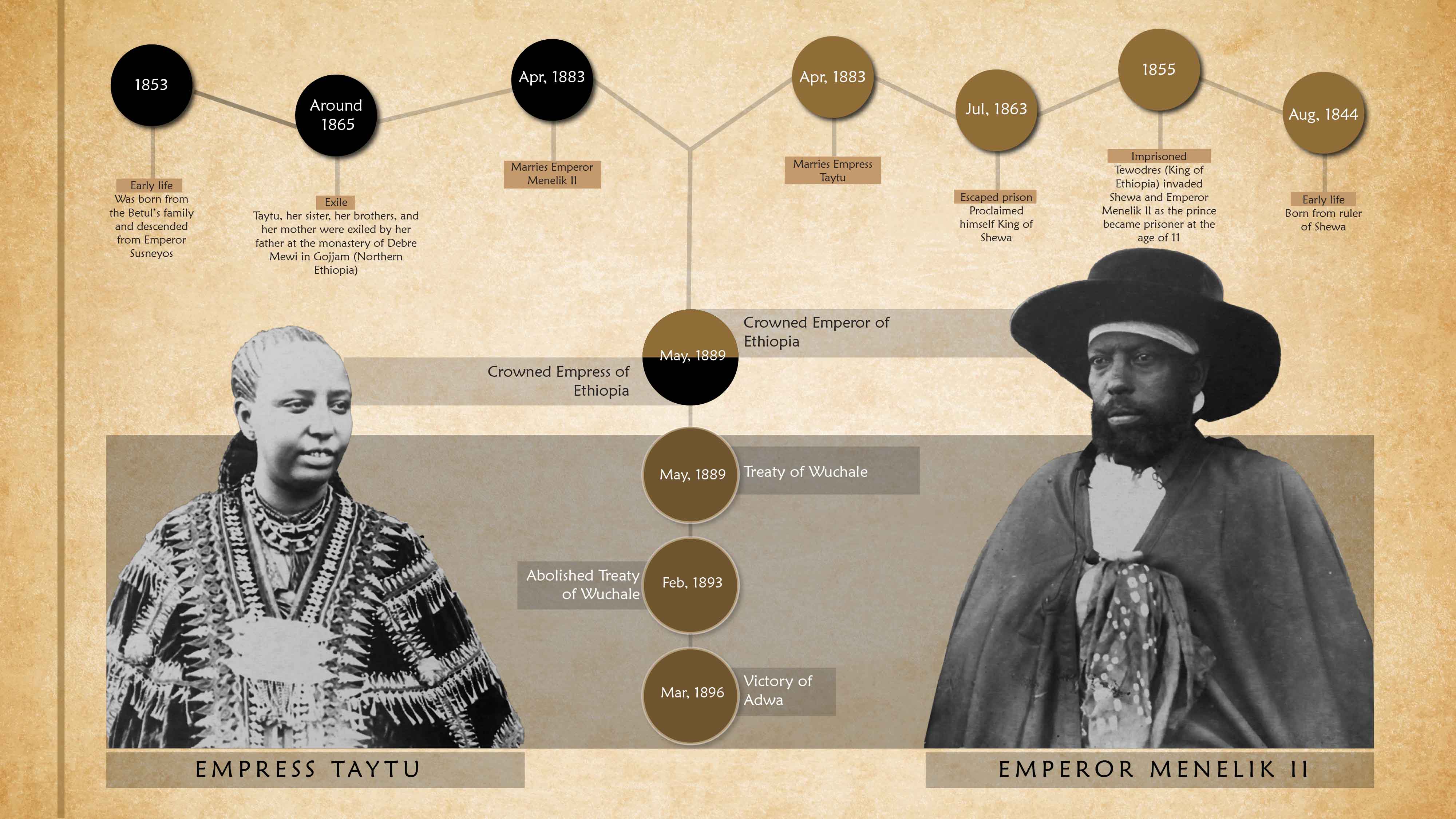
Introduction to the Victory of Adwa
In short, Emperor Menelik II’s reunification of Ethiopia at the end of the 19th century increased the population formerly decimated by famine and disease (Pankhurst, 1968). In this respect, formidable troops mobilized and since the Carthaginian leader Hannibal, the battle of Adwa represented the largest military engagement between Africans and Europeans. In this case, the European foe was Italy. Italian colonial interest in Ethiopia can be traced back to 1869 when a private shipping company purchased the ports of Assab from local chiefs in 1869 (B.Henth, 2004).
In 1882 the ownership of Assab ports transferred to the government of Italy. Though a late-comer in the colonial scramble for Africa, Italy increased presence in Ethiopia by gaining control of the ports of Massawa. This move marked a shift of expansion from not just the Red Sea region but to a more aggressive colonial expansion into northern Ethiopia. Yet, Italians were not content and sought further colonial expansion. They wasted no time signing the famous treaty of Wuchale with Emperor Menelik II. The signing marked both long-standing civility as well as the birth of hostility which resulted in war and ended with the Victory of Adwa.